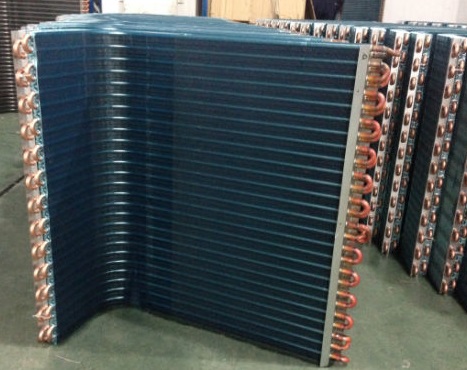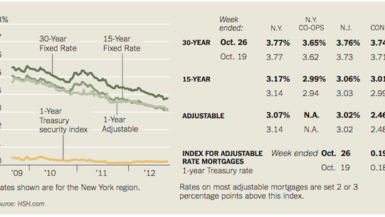Introduction
Air conditioning systems play a vital role in keeping our indoor spaces comfortable during hot weather. Within these systems, air conditioning coils serve as critical components responsible for the heat exchange that enables cooling. In this article, we will explore the importance of air conditioning coils, how they function, and the essential steps for their maintenance.
What is an Air Conditioning Coil?
Air conditioning coils are integral parts of HVAC systems that facilitate the cooling process. These coils are typically made of copper or aluminum and are located within the indoor evaporator unit and outdoor condenser unit. The coils work in conjunction with refrigerant to absorb heat from indoor air and release it outside, creating a cool and comfortable environment.
How Does an Air Conditioning Coil Work?
The air conditioning coil’s primary function is to transfer heat between the indoor and outdoor units of the system. When the air conditioner is running, the evaporator coil absorbs heat from the indoor air, causing the refrigerant to evaporate into a gas. This cooled air is then blown back into the living space. Meanwhile, the condenser coil, located in the outdoor unit, releases the absorbed heat into the atmosphere by condensing the refrigerant back into a liquid state.
Types of Air Conditioning Coils
4.1. Evaporator Coils
Evaporator coils are located within the indoor unit and are responsible for absorbing heat and humidity from the air. As the refrigerant evaporates within these coils, it cools the surrounding air, which is then circulated into the room.
4.2. Condenser Coils
Condenser coils are situated in the outdoor unit and play a crucial role in releasing the absorbed heat into the atmosphere. These coils facilitate the process of converting the refrigerant gas back into a liquid state.
Importance of Clean Air Conditioning Coils
Clean air conditioning coils are essential for the efficient functioning of the HVAC system. When coils are dirty or covered in debris, their ability to absorb and release heat is compromised, leading to reduced cooling efficiency and increased energy consumption.
Signs of Dirty Air Conditioning Coils
Here are some common signs that indicate the need for cleaning air conditioning coils:
6.1. Reduced Cooling Efficiency
If your air conditioner is struggling to cool the space as effectively as before, the coils might be obstructed by dirt and dust.
6.2. Increased Energy Bills
Dirty coils force the system to work harder, leading to higher energy consumption and subsequently, elevated utility bills.
6.3. Ice Formation
Frozen coils are a result of restricted airflow caused by accumulated debris, hindering the heat exchange process.
6.4. Unpleasant Odors
Mold and bacteria can thrive on dirty coils, emitting unpleasant smells that circulate throughout the room.
6.5. Strange Noises
Obstructed coils can lead to unusual noises due to the strain on the air conditioning system.
Cleaning Air Conditioning Coils
7.1. DIY Cleaning Methods
While DIY coil cleaning is possible, it is essential to follow safety guidelines and use the right tools and cleaning agents.
7.2. Professional Coil Cleaning
Seeking professional HVAC services ensures thorough and safe coil cleaning, enhancing the system’s efficiency.
Regular Maintenance Tips
Regular maintenance is key to keeping air conditioning coils in optimal condition. Consider the following tips:
8.1. Changing Air Filters
Regularly change air filters to prevent dust and debris from reaching the coils.
8.2. Clearing Debris Around Outdoor Unit
Maintain a clear area around the outdoor unit to prevent debris from clogging the coils.
8.3. Checking for Refrigerant Leaks
Monitor refrigerant levels and check for leaks regularly to avoid coil damage.
8.4. Inspecting Coil Fins
Check the coil fins for any bending or damage, as they can impact the airflow.
Extending the Lifespan of Air Conditioning Coils
Regular maintenance, including cleaning and inspections, can significantly extend the lifespan of air conditioning coils.
Coil Coating and Protection
Applying coil coating can add an extra layer of protection, preventing dirt and contaminants from adhering to the coils.
Troubleshooting Common Coil Issues
11.1. Coil Corrosion
Corrosion can occur over time, affecting the coil’s performance and longevity.
11.2. Refrigerant Leaks
Refrigerant leaks should be promptly repaired to prevent coil inefficiencies.
11.3. Coil Freezing
Frozen coils require immediate attention to prevent further damage.
11.4. Coil Damage
Physical damage to coils should be addressed to avoid system malfunctions.
Advantages of Professional Coil Inspection
Hiring professionals to inspect coils ensures potential issues are identified early, preventing costly repairs and breakdowns.
When to Replace Air Conditioning Coils
In some cases, replacing air conditioning coils might be more cost-effective than repairing heavily damaged ones.
Upgrading to Energy-Efficient Coils
Upgrading to energy-efficient coils can lead to significant energy savings over time.
Conclusion
Air conditioning coils are fundamental components of HVAC systems, and their proper maintenance is crucial for optimal cooling performance. Regular cleaning, inspections, and professional HVAC services can extend the lifespan of coils and improve overall system efficiency. By taking care of these essential components, homeowners can enjoy a consistently comfortable and cool indoor environment.





Leave a reply